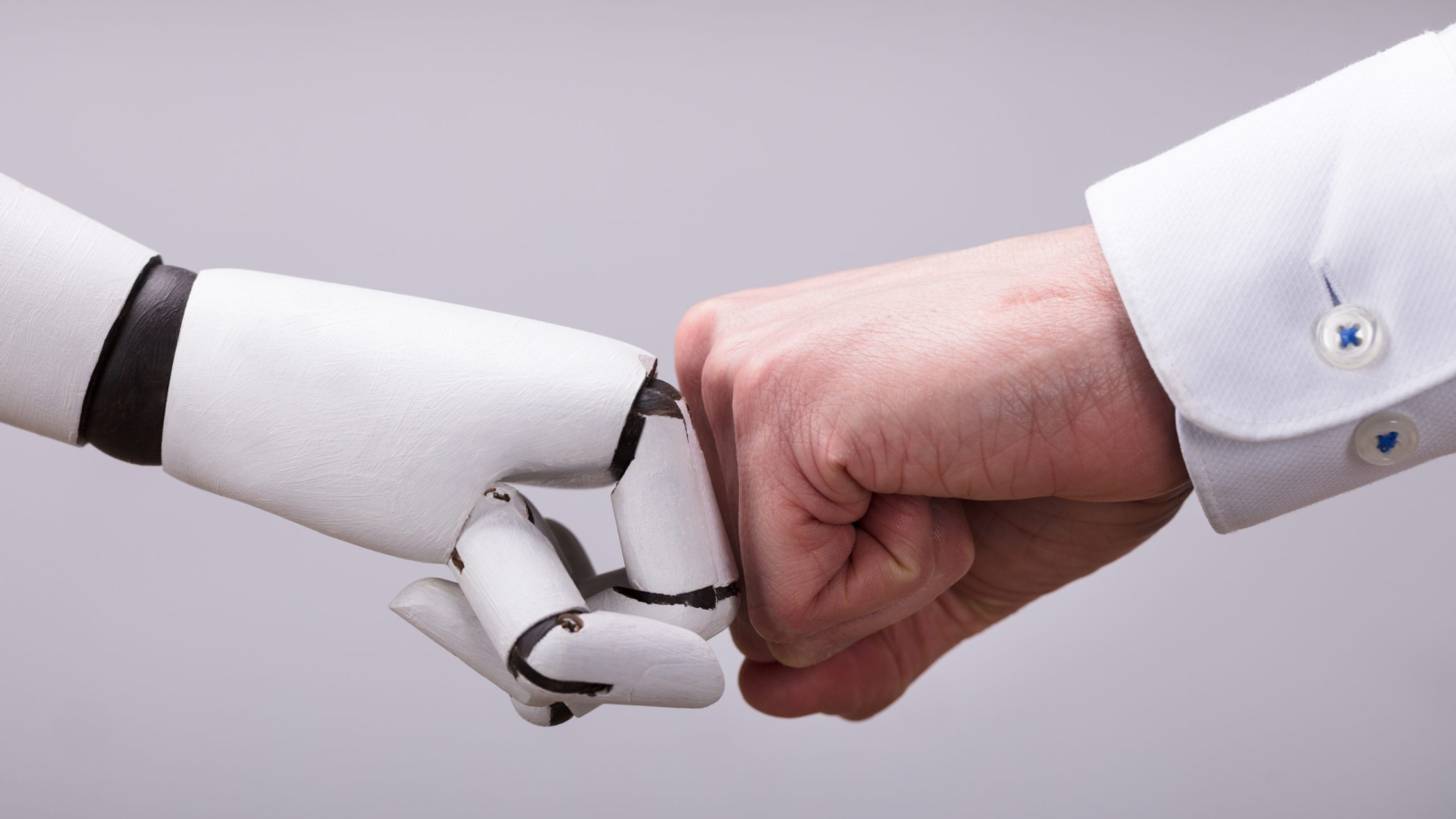As organisations embrace the power of artificial intelligence, Microsoft Copilot has emerged as an early front runner, promising to supercharge productivity, amplify creativity, and ensure trusted security. However, without a thoughtful plan for sustainable adoption, organisations may crash into human bottlenecks and struggle to harness the collective intelligence of human and technology. In this article, we’ll delve into the key takeaways from a conversation with Matthew Shadwick, a seasoned Product Owner and Program Manager, on introducing Microsoft Copilot and the essential considerations for success.
The Human Bottleneck
One of the primary challenges in adopting Microsoft Copilot is the ‘human bottleneck’ (coined by Dr David Rock). As users transition from traditional keyword searches to prompting a large language model, they must learn new skills, such as prompt engineering. This requires a significant shift in mindset, as users must think critically about what they want to achieve and how to instruct the AI assistant effectively. Matthew Shadwick emphasises that “it’s a big learning curve for end users, and we’re teaching people new skills.”
Governance and Guardrails
To mitigate potential risks and ensure responsible use, governance and guardrails are crucial. Organisations must establish clear policies and guidelines for using Microsoft Copilot, particularly regarding sensitive data and privacy concerns. Shadwick stresses that “guardrails need to be considered, and people need to be educated on the use of the tooling.” This includes developing critical thinking skills to validate the accuracy of AI-generated output and making informed decisions.
Education and Critical Thinking
As AI technologies like Microsoft Copilot become more prevalent, education and critical thinking are essential skills for the workforce. Users must understand the capabilities and limitations of the technology and approach AI-generated output with a critical eye. Shadwick notes that “critical thinking is a skill that people need moving forward” to ensure they’re not simply accepting AI-generated output at face value.
Organisational Culture and Human-to-Human Relationships
The adoption of Microsoft Copilot also raises important considerations about organisational culture and human-to-human relationships. As AI technologies become more integrated into daily work, they may amplify existing cultural dynamics, such as lack of transparency and lack of accountability.
Key Takeaways
To unlock the full potential of a AI Copilot and effectively navigate the challenges of adoption, organisations should:
- Develop a thoughtful plan for sustainable adoption, considering both the benefits and potential risks.
- Invest in education and training for end users to learn new skills, such as prompt engineering.
- Establish governance and guardrails to ensure responsible use and mitigate potential risks.
- Foster critical thinking skills to validate AI-generated output and make informed decisions.
- Consider the impact on organisational culture.
By embracing these key takeaways and approaching the adoption of AI Copilots with a thoughtful and planned strategy, organisations can harness the power of AI to drive productivity, creativity, and innovation while minimizing the risks and challenges associated with human dynamics and governance.




